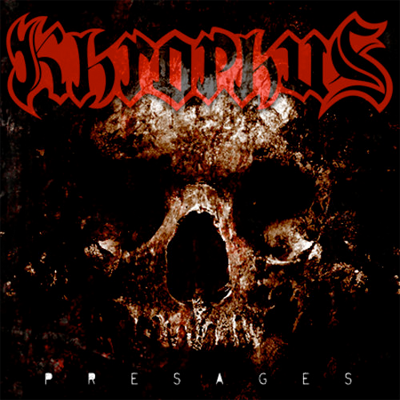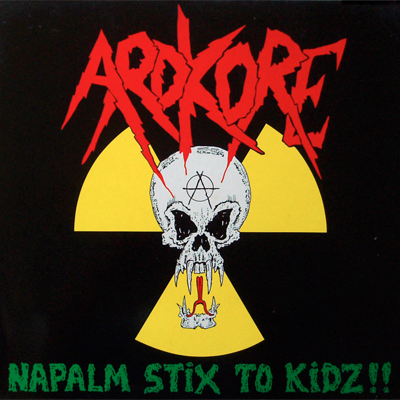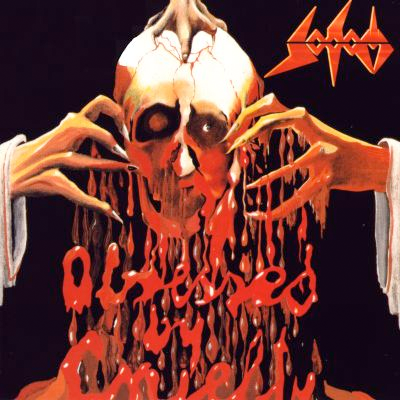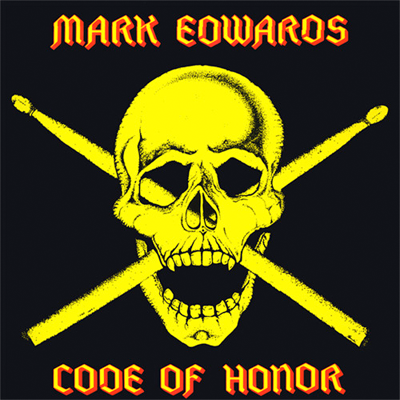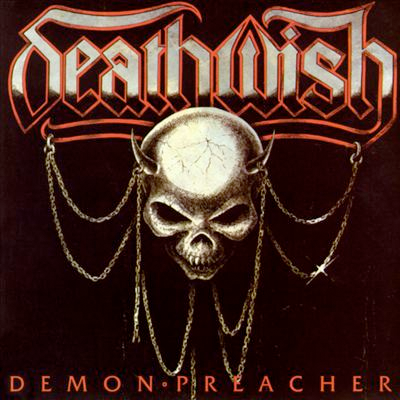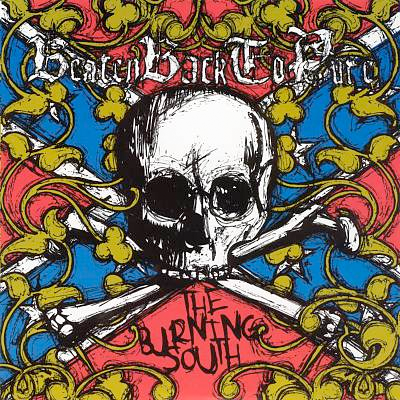
BEATEN BACK TO PURE, The Burning South (2004, This Dark Reign Recordings)
The skull:
Pretty boring cover motif, but exactly what you would expect from a band playing “Southern Sludge/Doom Metal,” which is what Metal Archives says is this band’s modus operandi. Here we have a sketched skull with crossbones laid over a backdrop of ivy and a rebel flag. Zakk Wylde and Jimmy Bower would be proud.
The music:
I expected this to sound like Black Label Society meets Eyehategod, but it’s not like that (thankfully). The rock/metal is of an older school, like maybe early heavy Kiss or Scorpions, and the doom is more traditional, maybe Count Raven or Saint Vitus, and its melodic sensibility is something more akin to various European metal bands than anything “Southern.” The sludge element comes, apparently, from the propensity of slower tempos and maybe the vocals, but it’s got a more buoyant feel than the “sludge” tag suggests — and it’s not all that de-tuned, either. The music, especially on something like “Where the Sewer Meets the Sea,” is craftily written, with good performances, a cogent and compelling musical story told through thoughtful arrangements, and a diversity of melodic choices and some fairly okay riffs. But it all sinks to a heap of crud when the vocalist opens his mouth. He’s throaty and gruff, yet mixed so far back and so inconsequential it sounds like they took their sweet-ass time recording all the music first, only to be left with one single hour of remaining studio time to track the vocals. They sound that rushed and are that unimaginative. Too bad, because musically this was quite a surprise, and they have something decent to offer.
— Friar Wagner
